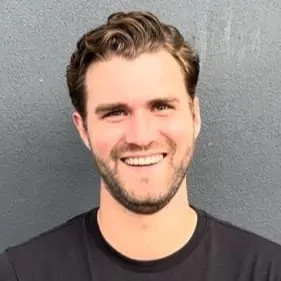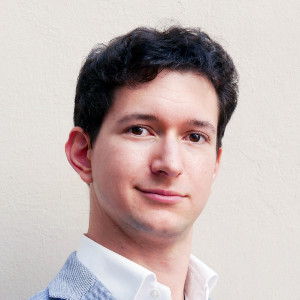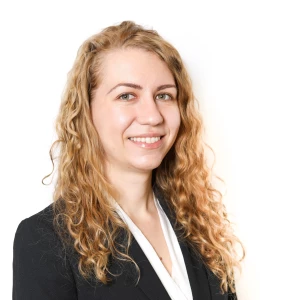Hi All,
Been thinking of the following case question and I would appreciate your feedback.
"Company X wants to invest in building a hotel if payback period is X years or less, should they invest?"
My structure is the following:
"since payback period is the investment divided by annual profits we need to look at the following;
1- Investment costs
2- Running cost (after building hotel)
3- Revenue streams and demand ( rooms, resturants, spa, etc)
4- Market & compition (not sure if I should concider this as a bucket or not) "
I would appreciate feedback on my structure and suggestions too. I don't know if my buckets are concidered a bit detailed?

















